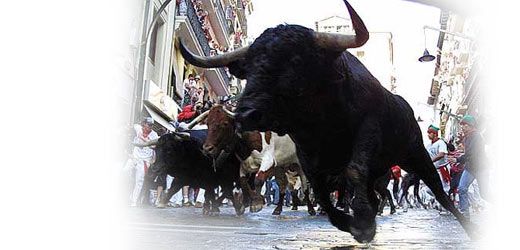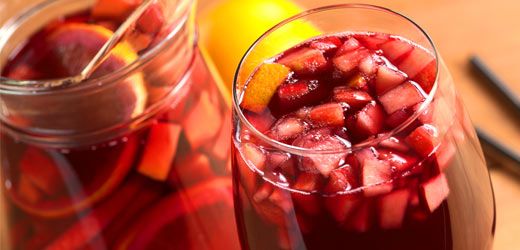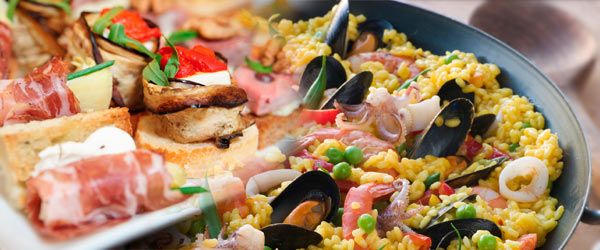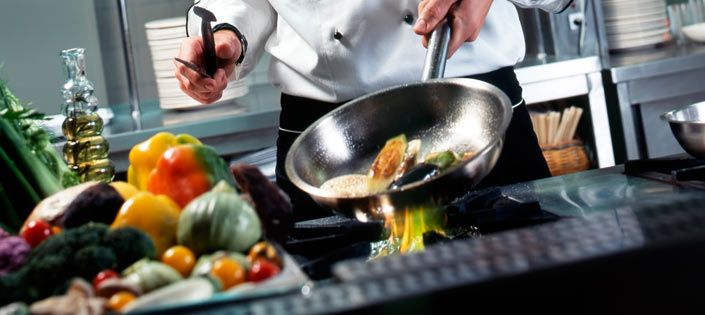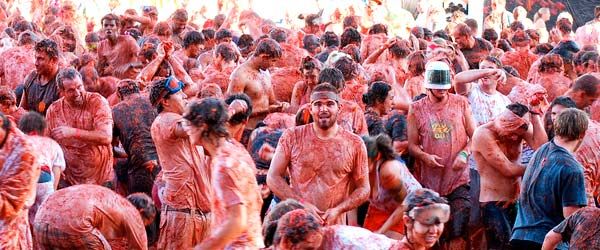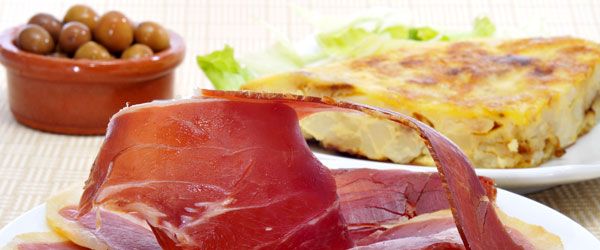The Spanish lottery | donQuijote

Spaniards love lotteries, and there are dozens of lotteries to mention. Spain has several daily, weekly, monthly and annual lotteries. Also, "the fattest" lottery in the world is a Spanish lottery! Every Christmas, the Loteria Nacional has the biggest jackpot in the world. This special Christmas draw is called "El Gordo," meaning "the fat one" or "the fat one. It is not remarkable when the prize money of this lottery reaches up to 66 billion euros!
Let's start with the cheapest lottery in Spain. This is the Bonoloto, the draw takes place Monday through Wednesday and on Friday. Lottery tickets can be bought from €0.59 cents per day. However, one can also buy a lottery ticket valid for the whole week, which costs €2.37. The prize money can reach up to 66 million euros. However, this prize money is divided among all Bonoloto draws that take place in the same week.
In Spain, you can also play EuroMillions, which is a European lottery in which several international lotteries work together into one big lottery. The EuroMillions draw is every Tuesday and Friday. The big advantage of this lottery is that the prize money from all the countries is added together, giving you a huge jackpot. Also, if the top prize does not fall, then this amount is added to the jackpot of the following draw.
The Loteria Nacional is a lottery in Spain similar to the Staatsloterij in the Netherlands. It is a state lottery and therefore tax-free. There are several variants of this lottery. One is the "El Gordo de la Primitiva," which is a weekly lottery. Also in this lottery, the prize money can reach up to 66 million euros. However, the tickets for this lottery are a bit more expensive than the Bonoloto. Lottery tickets are sold in 10 parts, each part is called a "décimo. Each décimo costs €20 and a whole lot costs €200. The prize money is therefore divided among the 10 winning lots. Many Spanish groups of friends or families therefore buy a whole lot together to reduce the cost and in this way the money is divided within the circle of friends or family.
